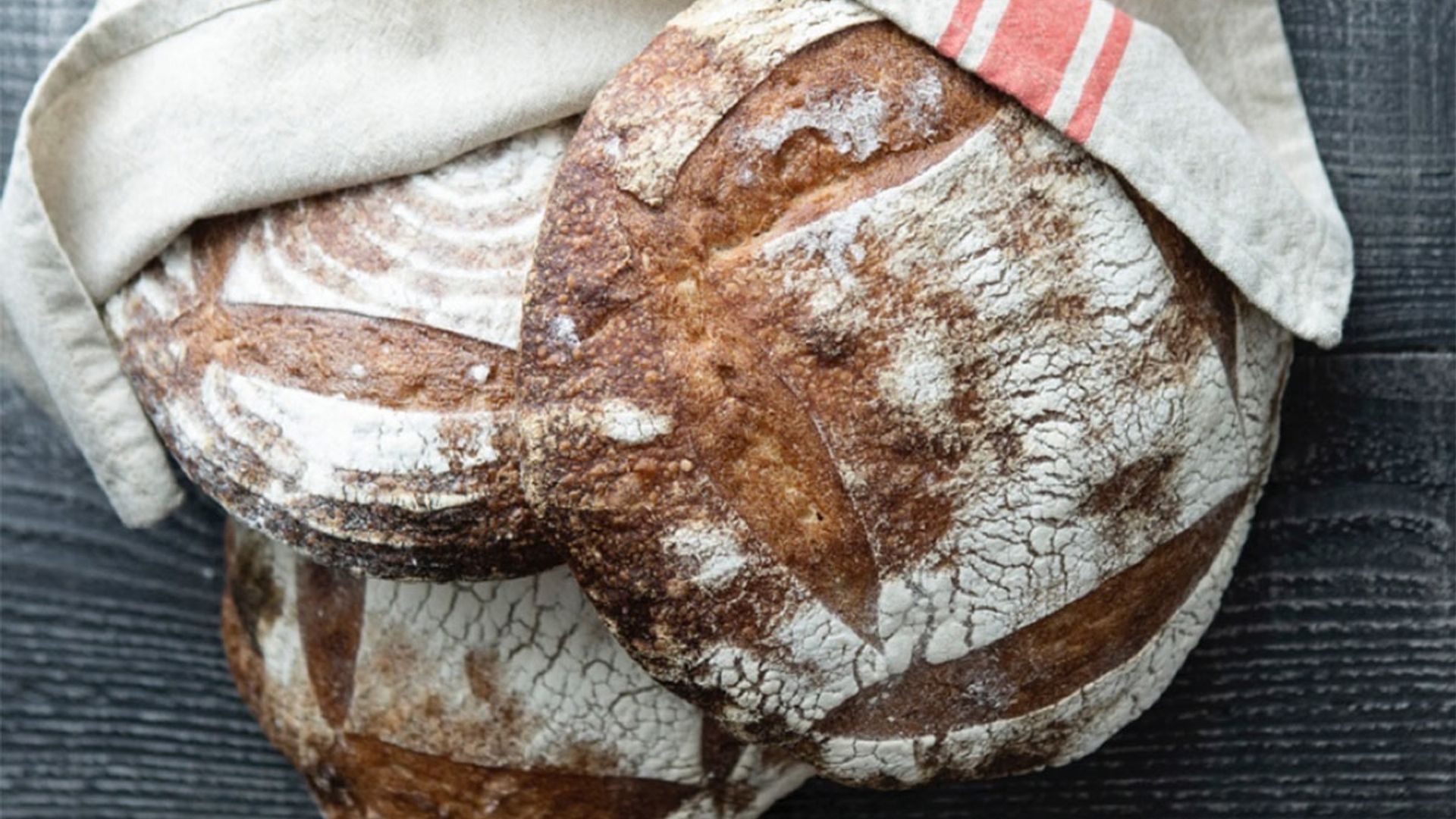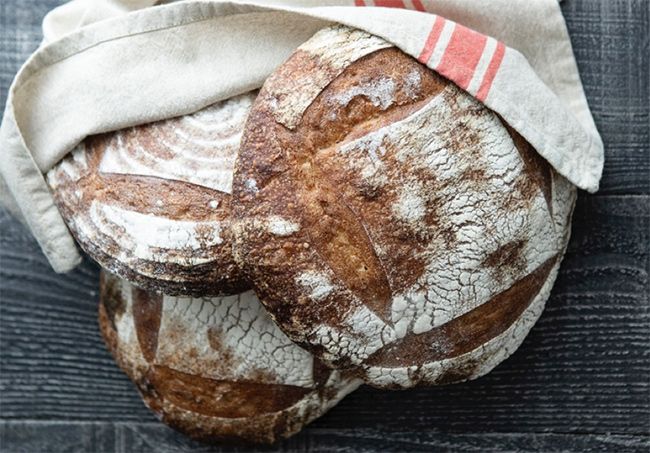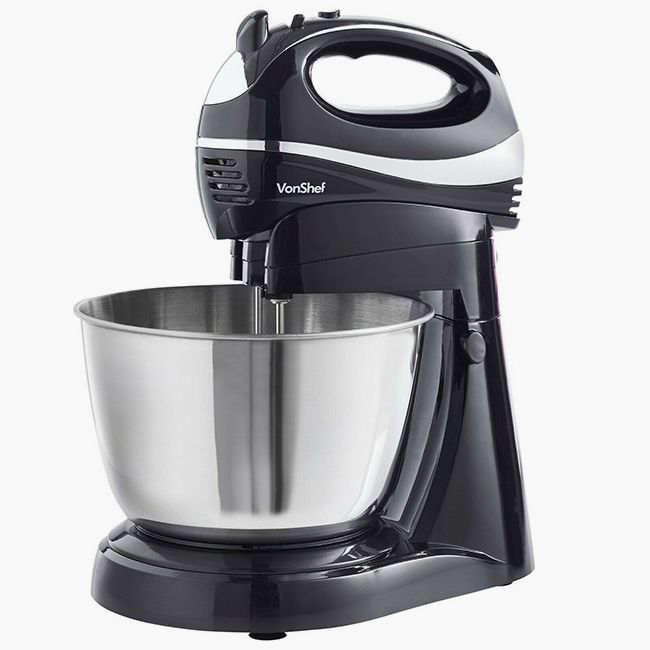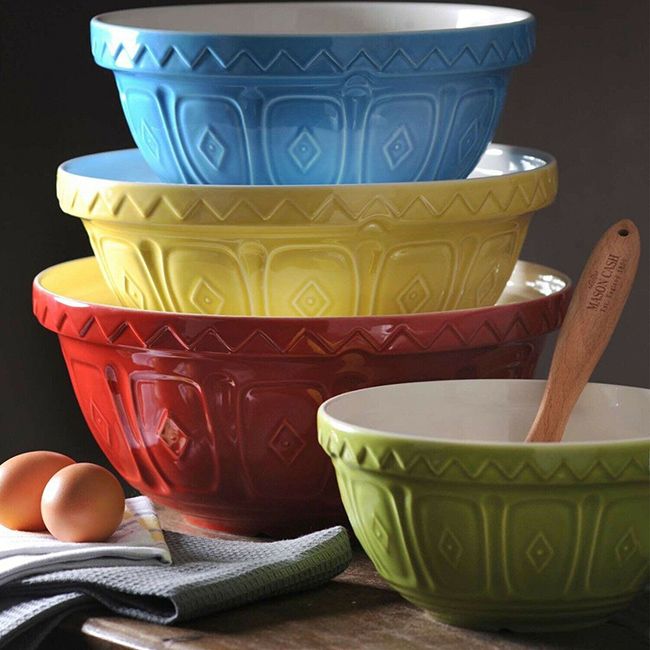In Lockdown 1, our social media feeds were jam-packed with sourdough recipes, as shops ran low on bread and flour. While supermarkets are now more prepared in Lockdown 2, we still enjoy making our own bread at home. Nothing beats that aroma of freshly baked bread wafting through the house!
If you fancy having a go at your own sourdough, try this recipe from Miele Der Kern, which can be made with either wholemeal, rye or spelt flour and doesn't require any yeast.
How to make sourdough bread
INGREDIENTS FOR SOURDOUGH BREAD
- 400g strong white bread flour
- 100g wholemeal, rye or spelt flour
- 360ml tepid water
- 100g active starter (see the guide below on how to make this)
- 10g salt
MORE: How to bake bread without yeast: This Morning's Phil Vickery shares easy recipe
INSTRUCTIONS FOR SOURDOUGH BREAD
Step 1
In a food mixer bowl, combine the flours and 350ml of tepid water and stir until there is no dry flour left. Cover the bowl, and leave to the side for 30 minutes. This process is called autolyse and helps to hydrate the flour particles, therefore, making it much easier to knead afterwards.
Step 2
Add the starter into the bowl, attach the dough hook and knead on medium speed for one minute. Add the salt and remaining 10ml water and knead for another 4 minutes on medium speed. When ready, cover the dough with a damp tea towel and set the timer for 30 minutes. If you do not have a food mixer, knead by hand for 10 minutes.
Step 3
After 30 minutes, you will need to gently stretch and fold the dough in the bowl a few times to help with gluten development. Cover again and repeat the same process every half an hour three more times, then leave the dough to prove at room temperature until it doubles in size.
MORE: Banana bread is back! 4 yummy loaves to make in lockdown
VonShef Stand Mixer, £44.99, ebay.co.uk
SHOP NOW
Step 4
When ready, flour your worktop and tip the dough very gently. Shape into a smooth round shape and place into a floured bread basket or a bowl. Cover and leave in the fridge overnight.
Step 5
If you have Miele Oven, preheat it on 'Moisture Plus' at 250˚C with 2 bursts of steam. If your oven doesn’t have 'Moisture Plus', spray the oven cavity with some water as soon as you slide in the tray with the dough and keep the door shut to retain moisture throughout the cooking. When the oven is ready, transfer the dough on to a baking tray, score with a serrated knife and bake for 35 minutes, adding the steam right at the beginning.
Step 6
When ready, remove from the oven and transfer into a wire rack. Allow to cool for at least an hour before slicing.
Step 7
Serve with eggs and avocado for a nutritious breakfast or cheese and marmite for a tasty savoury lunch.
MORE: How to bake posh chocolate chip cookies to make lockdown a whole lot better
How to make your own sourdough starter
Sourdough is extremely popular and once you get your starter alive, it will pretty much last forever as long as you keep feeding it. Follow the below steps for about a week until it’s ready.
Step 1
Use a glass jar or container and weigh 50g of strong bread flour and 50ml of water at room temperature. Stir to form a rough dough, it doesn’t need to be completely smooth, just no dry patches of flour and leave the mixture uncovered somewhere draught-free in your kitchen for 24 hours.
Step 2
The following day, discard half of the mixture and add another 50g of flour and 50ml of water and stir well. Leave uncovered once again for another 24 hours.
Step 3
Repeat this process for a total of 5 days always with the jar uncovered. By this time, you will see some bubbles in the jar, and that is the indication that the yeast is developing.
Mason Cash Earthenware Mixing Bowl, £14.95, ebay.co.uk
SHOP NOW
Step 4
Now, for a few more days, you will need to do this process twice a day until the starter is alive and bubbling a few hours after it has been fed. This is what we call the active starter.
At this point, and if you’re not going to bake bread on a daily basis, you can keep your starter in the fridge and feed it once a week to keep it alive. A feed will be the same process that you’re used to, but now that the starter is alive and active, you want to remove three quarters and replace it with the same amount of flour and water. Rather than discarding the starter, you can use them as a base for a savoury sourdough pancake, fried gently in some oil and topped with spring onions and sesame seeds.
Common mistakes for sourdough bread
Some common mistakes people make when they bake sourdough is using the starter when is not fully active and there is a very simple test if you want to see if the starter is ready. It’s called 'the float test'. All you need to do is drop a spoonful into a bowl of cold water, if it floats, you can make the dough, and if it doesn’t, leave the starter uncovered a little longer until ready.
The process might seem a little long to start with but it’s extremely rewarding and it’s almost magical how just by combining flour and water and waiting a few days you can make such lovely bread. If you have family or friends, you (or them) can share their starter as this is something you will not be able to buy in any shops.
MORE: How to bake no-knead bread – simple enough for the kids to make!
HELLO!'s selection is editorial and independently chosen – we only feature items our editors love and approve of. HELLO! may collect a share of sales or other compensation from the links on this page. To find out more visit our FAQ page.












